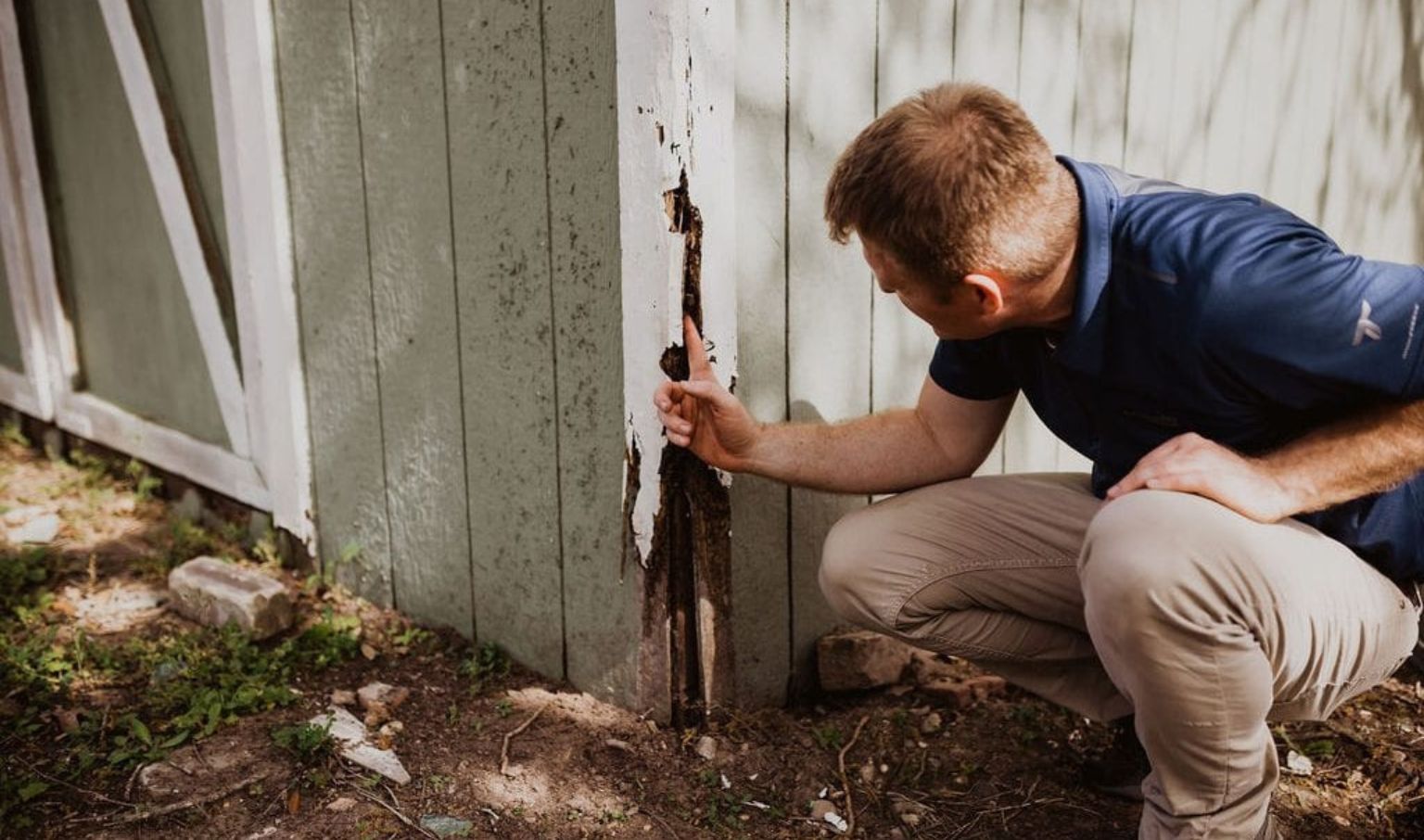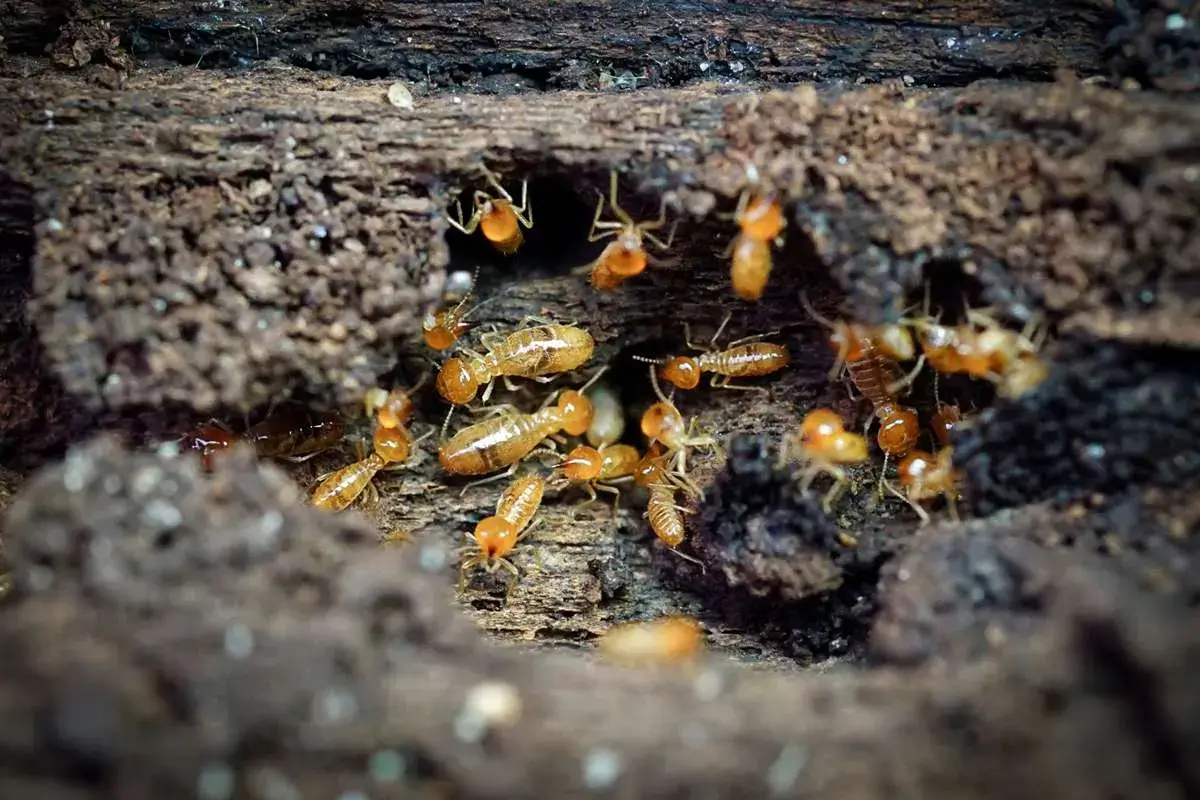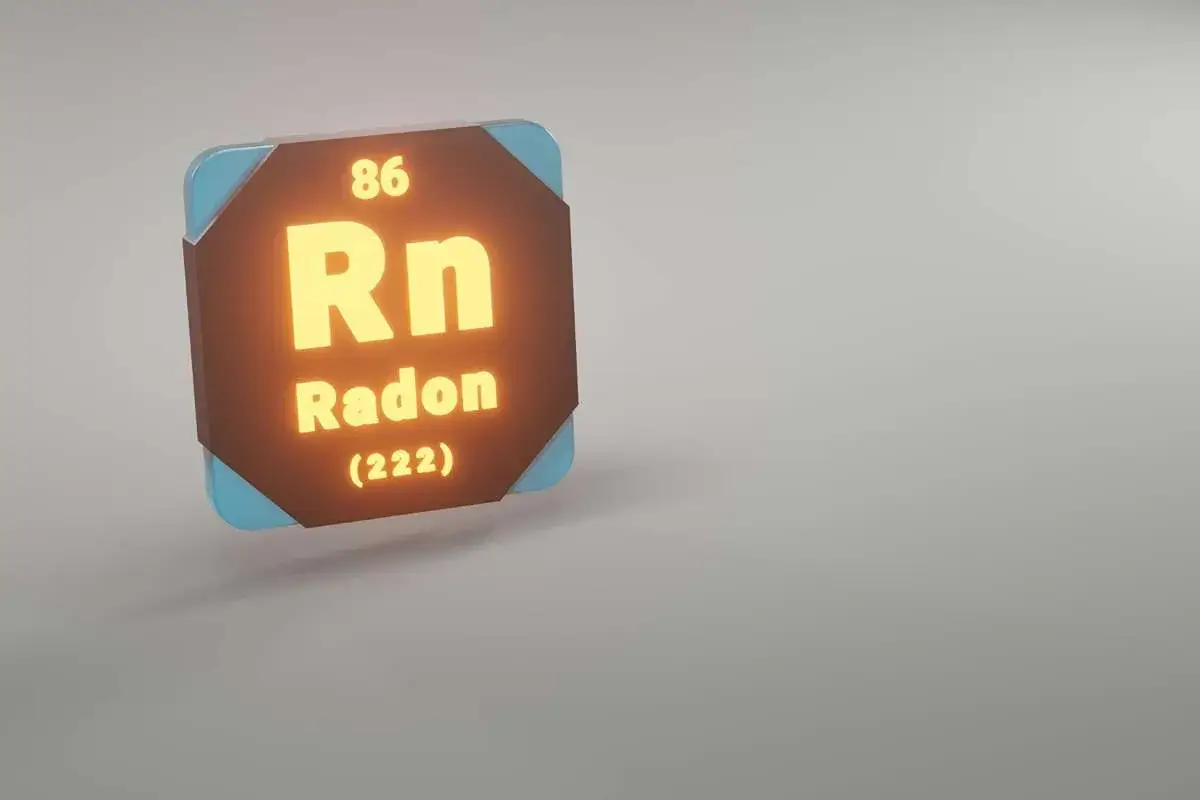When people think about home safety, they often picture locks on doors or smoke detectors…

A Guide to Termite Inspections and How They Save Your Home
Termites are sneaky pests that can wreak havoc on your home. They could be responsible for any damage, whether minor or major. You might not notice a termite infestation or just take one or two of them as normal. But it shouldn’t be this way. Leaving them as they are could cost you a fortune in the long run.
That’s where thorough termite inspections help you.
Although termites are good at hiding, your professional inspector would still catch them. The termite inspections will help you identify the termite damage done by the colonies of termites. Residing and feeding on your home.
There are several signs or red flags that alarm a termite attack. This includes small piles of sawdust-like material near wood sources. Hollowed-out wood that sounds like a drum when tapped. This shows termites have eaten out the insides.
The signs also include sagging floors, doors, or windows that no longer close properly. And the swarmers around your home also indicate a termite infestation. Advantage Inspection Service guides you throughout the termite inspections.
We will take you through the process of termite inspections from start to end. Find out how termite inspection can save your home from depreciation and more.
Getting started, let’s see
What Happens During Termite Inspections
Have you decided to get a termite inspection? Smart move. These inspections will help you identify all those tiny living beings that can risk your home’s safety, integrity, and marketability. In the flip case, if you skip a termite inspection, it can lead to structural instability or even collapse.
Besides all these logic and reasonings. It’d be wise to understand the process before inviting the inspectors to your place. So, let’s see what is actually included in the process of termite inspections.
Pre-Inspection Preps
Your professional termite inspectors will walk around every area of your home. They may start from the exterior, looking for signs of termite tubes or damage. And inspect foundation walls, porch steps, decks, and other external elements. That’s why you should make sure these areas are open to access for them.
The pre-inspection preparations also include clearing out any debris. Or moving stored items away from foundation walls in your crawl spaces or the garage. Your inspectors might also need to access attics. That’s where termite colonies hide. They will open and access panels or move insulation. Make sure it’s accessible to them.
Inspection Process
The termite inspection process starts with a visual inspection. The inspectors will examine all the wooden structures they could find or access. They will look for the visible signs of damage. After that, they will tap and prob wood with a screwdriver, hammer, or other tool. They would hear for any hollow spots.
In damp areas like crawl spaces and basements, the inspectors would get down and use flashlights. To inspect foundation walls at close range. They will use high-tech tools such as infrared cameras to detect termites behind walls.
They will look for any area where wood touches the soil. That is where termites make tubes, which is a sign of their activity. They’ll thoroughly examine all areas of your home inside and out, including attics, garages, decks, and porches.
Post Inspection
The inspectors will give you detailed insights into the areas of your home that are highly damaged by termite infestations. They will show the termite activity and reveal their entry points, breeding grounds, and termite colonies with evidence.
Based on their findings, they would recommend any pest control or chemical treatment as per your specific needs.
After the termite inspections are done. You need to compare bids from at least 2-3 professional pest control companies. And to prevent any further termite destruction, schedule any follow-up termite inspection or treatment.
How Termite Inspections Can Save Your Home
Getting professional termite inspections regularly is only for your benefit. It provides invaluable protection for all homeowners. And save your place from serious and costly destruction down the road. Here are some of the many benefits to expect from termite inspections.
Early Detection
Catching termites early is the most important. The sooner you spot an infestation, the less damage you will have to face. Ultimately, you will also have less to pay off in the form of repair costs.
When you conduct frequent termite inspections, you will be able to detect any activity. Before it becomes a big, expensive issue. The inspections also give you a jump start on treatment before any major damage is done.
Prevent Structural Damage
Termites can silently destroy the wooden structural elements of your home. For instance, wood shingles, floors, drywall, windows, framing, or even furniture. Only if they are left untreated.
You can get ahead of them with thorough termite inspections. Before they compromise your home’s structures and take down its worth. Prevent them with comprehensive termite inspections. And also avoid costly repairs.
Cost Savings
Treating a minor termite infestation may cost you less, but only if you find it early. While repairing an extensive termite damage that has been unseen for years will definitely break the bank.
When you are proactive and conduct thorough termite inspections, it will help you control what you couldn’t do alone. This will save you thousands in repairs.
Protect Valuables
Termites won’t just eat your walls and floors. They can also cause irreplaceable damage to your worthy items. For instance, antique furniture, heirloom possessions, and photo albums.
That’s where termite inspections help you take action to control them. Before they get to your valuables.
Maintain Home Value
When you leave the termite infestation and its damage unchecked or untreated. You compromise your home’s marketability and your family’s health.
You nip these problems in the bud when you conduct a thorough inspection. By taking care of termite issues, whether minor or major, you can save the structural integrity of your home. And get a good value in resale – whenever you choose to.
The Bottom Line
To sum up our discussion, we suggest you get termite inspections after every 1 to 3 years. This early detection will save you costly structural repairs from any long-hidden activity.
Now, you might know how termite inspection can save your home. It is your way to protect your family, home, and valuables from being taken down by little pesky pets. Scroll through our blog section to learn more about inspections.



